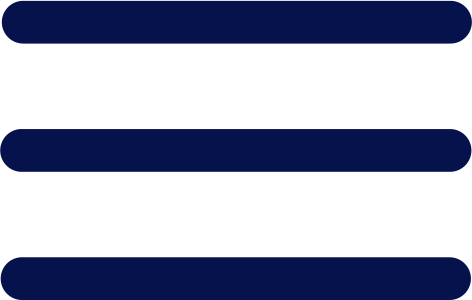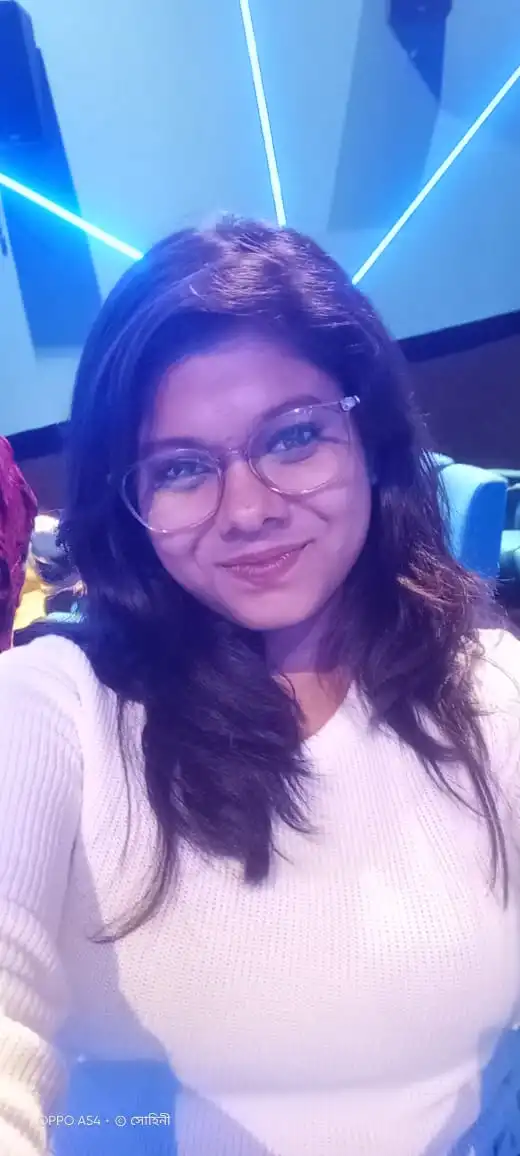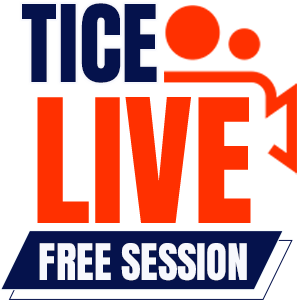
Posted On: February 28, 2025
How to Write a Cover Letter That Lands You the Job
A great cover letter can often mean the difference between landing your dream job and being overlooked. It’s not just a summary of your resume; it’s your chance to make a compelling case for why you are the ideal candidate for the position. This guide will teach you how to write a cover letter, discuss how it should look, and provide tips to ensure your cover letter gets noticed.
What is a cover letter?
A cover letter is a professional document submitted alongside your resume when applying for a job. It introduces you to the employer, highlights your qualifications, and explains why you're interested in the specific role. Unlike a resume, which focuses on your experience and skills in bullet-point form, a cover letter is your opportunity to tell a story and demonstrate your personality.
According to Jobvite’s 2023 Job Seeker Nation Report, 47% of hiring managers consider a well-written cover letter a critical component of the application process, yet many applicants overlook this opportunity to make a strong first impression.
How Should a Cover Letter Look?
A professional, well-structured cover letter is a vital component of any job application and should be concise, visually clean, and no longer than one page. Below is a detailed breakdown of how to properly format and structure a cover letter:
Header
Start by including your full name and contact information (such as your phone number, email address, and LinkedIn profile if applicable) at the top of the letter. Below that, list the current date, followed by the employer’s name, their job title (if known), the company name, and the company’s address. This ensures clarity and creates a formal tone that mirrors a standard business letter.
Greeting
Whenever feasible, personalize your cover letter by addressing it directly to the hiring manager or recruiter by name. This demonstrates attention to detail and a genuine interest in the role. If the name cannot be determined, try using alternatives like “Dear Hiring Manager” instead of generic phrases like “To Whom It May Concern,” which can seem impersonal and outdated.
Introduction
Your opening paragraph should instantly grab the reader's attention. Clearly state the position you are applying for and briefly explain why you are excited about this opportunity. A strong opening conveys enthusiasm while also providing a preview of what you bring to the role. For example, highlight a key accomplishment or align your goals directly with the company’s mission.
Body Paragraphs
The body of your cover letter, typically one to two paragraphs, is where you articulate your qualifications. Focus on showcasing your most relevant skills, accomplishments, and experiences that align with the job description. Use specific examples to demonstrate your expertise; for instance, mention metrics like “increased sales by 25%” or “led a team of 10 professionals to complete projects ahead of deadlines.” This is also where you should tailor your content to reflect the company’s values, culture, and specific needs, showing you’re the right fit for the role.
Closing Paragraph
The final paragraph should reiterate your enthusiasm for the position and summarize why you are the ideal candidate. Politely express your willingness to discuss your qualifications further in an interview and include a call-to-action, such as “I look forward to the opportunity to discuss how my skills align with your team’s objectives.” Confidence in this section demonstrates readiness and professionalism without appearing overly eager.
Sign-Off
End your cover letter with a professional closing like “Sincerely,” “Best regards,” or “Yours truly,” followed by your name. If submitting a printed version, leave space for your handwritten signature above your typed name. For emailed submissions, simply writing your name will suffice.
By adhering to this structure and maintaining a professional tone throughout, your cover letter can make a lasting impression on potential employers and significantly enhance your chances of securing an interview.
How to Write a Cover Letter for a Job (Step-by-Step Guide)
A well-crafted cover letter can significantly strengthen your job application, providing hiring managers with insight into your qualifications and enthusiasm for the role. Follow these detailed steps to ensure your cover letter stands out.
1. Research the company and job description.
Before putting pen to paper, take the time to thoroughly research the company and the specific position for which you are applying. Explore their website, social media channels, news articles, and recent projects to understand their mission, values, and goals. Pay close attention to the language used in the job description, as it often offers clues about the company culture and the qualities they are seeking in a candidate. Tailoring your letter to align with their objectives demonstrates initiative and attention to detail. For example, if the company emphasizes collaboration, cite specific examples of your teamwork skills.
2. Craft a Strong Opening
An effective opening not only catches the reader’s attention but also sets the tone for the rest of your letter. Clearly state your intent, mentioning the position you are applying for and what excites you about the opportunity. Avoid generic statements—focus instead on creating a compelling connection between your background and the company's needs. For instance:
“With over five years of experience in marketing, I am eager to apply for the Marketing Manager position at [Company Name]. Your company’s innovative approach to digital strategy aligns perfectly with my expertise in creating impactful campaigns to drive measurable growth.”
This type of introduction immediately communicates both enthusiasm and relevance, encouraging the reader to continue.
3. Highlight Relevant Achievements
The body of your cover letter provides the opportunity to expand on key achievements that directly relate to the job. Instead of reiterating your resume, choose a couple of accomplishments and provide context, showcasing the value you brought to previous roles. Quantifiable results are particularly impactful. For instance:
“At [Previous Company], I spearheaded a content marketing initiative that resulted in a 45% increase in social media engagement over six months. By analyzing audience behavior and implementing targeted strategies, we were also able to improve lead generation by 30% year-over-year.”
This approach demonstrates your ability to deliver tangible results, reinforcing your suitability for the role.
4. Align Skills with Job Requirements
Directly aligning your skills and qualifications with the job requirements shows that you have a clear understanding of the role and how you can contribute. Reference the job description to identify specific keywords and responsibilities, then incorporate them naturally into your letter. For example, if the job posting emphasizes leadership and technical expertise, you could write:
“With a proven track record in managing cross-functional teams and expertise in [relevant tools or systems], I am confident in my ability to successfully lead projects that drive innovation and efficiency. My ability to bridge technical knowledge with strategic decision-making has consistently resulted in high-impact outcomes.”
Taking this approach assures the employer that you understand their priorities and are well-prepared to meet them.
5. Close with Impact
The closing of your cover letter is your final chance to leave a lasting impression. Express gratitude for their time and consideration, reiterate your interest in the role, and include a clear call to action. A confident and professional close conveys your readiness and eagerness to contribute. For example:
“I would appreciate the opportunity to further discuss how my skills and experiences align with your team’s objectives. Thank you for considering my application, and I look forward to the possibility of contributing to [Company Name].”
A strong closing reflects professionalism and encourages the hiring manager to take the next step.
By following these steps and delivering a personalized, clear, and impactful message, your cover letter can effectively distinguish you as a top candidate and open the doors for further discussions with potential employers.
Key Factors for Writing a Winning Cover Letter
- Keep It Concise: Aim for 3-4 paragraphs, no more than one page.
- Use Keywords: Incorporate relevant keywords, such as “team leadership,” “problem-solving,” or other industry-specific terms.
- Quantify Your Achievements: Numbers leave a stronger impression. Example: "Reduced operating costs by 20%.”
- Tailor Every Letter: Avoid sending generic cover letters. Personalize each one to the role and company.
- Proofread and Edit: Typos and grammatical errors can disqualify even the strongest candidates.
Cover Letter Examples to Inspire You
Crafting a compelling introduction is one of the most vital components of a high-quality cover letter. A strong opening immediately grabs the reader’s attention and highlights your enthusiasm and qualifications. Here’s a brief example of a well-written cover letter introduction for reference:
*"Dear [Hiring Manager's Name],
I am writing to apply for the Sales Executive position at [Company Name]. With a proven track record of exceeding sales targets and building strong client relationships, I am eager to bring my expertise to your team and contribute to driving revenue growth."
This introduction is effective because it is concise, directly addresses the hiring manager, and immediately explains why the applicant would be an asset to the company. It showcases specific strengths—a track record of surpassing sales goals and developing client partnerships—while demonstrating the applicant’s enthusiasm to contribute to the organization’s success. Including these elements in your introduction sets a positive tone for the rest of the cover letter.
For inspiration, it’s helpful to explore a variety of cover letter examples tailored to specific roles and industries. For instance, if you are applying for a technical position in software engineering, a strong introduction could include your mastery of key programming languages or notable contributions to past projects. Alternatively, in more creative fields like graphic design, you might emphasize aspects like innovation, design awards, or unique branding strategies you've developed.
Many professional templates and examples are readily available online, allowing individuals to better align their cover letters with industry-specific requirements. Such resources can help you structure your cover letter, ensuring that key elements—such as tailored introductions, relevant skills, and alignment with the company’s mission—are effectively communicated. Remember, while inspiration is helpful, every cover letter should ultimately reflect your unique experiences and qualifications, demonstrating clearly why you are the best fit for the role.
FAQs About Cover Letters
1. What is a cover letter, and why is it important?
A cover letter introduces you to a potential employer, provides context for your resume, and highlights your unique qualifications. It is a critical tool to personalize your application and stand out from other candidates.
2. How do I write a cover letter for a job if I have no experience?
Focus on transferable skills, volunteer work, internships, or academic achievements. Explain how these experiences prepare you for the position.
3. How long should a cover letter be?
A cover letter should be no longer than one page, typically around 300-400 words.
4. How should a cover letter look in terms of format?
A cover letter should have a professional format with a clear header, a consistent font style (e.g., Times New Roman, size 11-12), and proper spacing.
Bonus Tips for Crafting Your Perfect Cover Letter
- Use Action Verbs: Words like “led,” “achieved,” or “implemented” convey confidence and effectiveness.
- Be Passionate: Employers want candidates who are genuinely interested in the position.
- Follow Up: If you haven’t heard back within two weeks, consider sending a polite follow-up email.
- Avoid Jargon: Keep the language professional but avoid overly technical terms unless relevant to the role.
Conclusion
In today's fast-paced digital world, having the right IT skills can open doors to countless opportunities. Whether you’re looking to advance in your career or start fresh in the tech industry, quality training is essential. TICE stands out as the best IT training institute in Kolkata, offering industry-relevant courses, expert guidance, and hands-on experience to help students stay ahead in the competitive market.
If you’re ready to take the next step toward a successful IT career, enroll at TICE today and equip yourself with the skills needed to thrive in the ever-evolving tech landscape!
Tags
Latest Posts
-

A Step-by-Step Guide to Becoming a Social Media Manager in 2025
-

ROAS in Digital Marketing — What Is It and Why It Matters for Your Business?
-

Why Networking is Important for Students: Unlocking Opportunities for Internships and Jobs
-

What is Lead Generation? A Complete Guide for Marketers
-

Psychology of Colors in Branding – Choosing the Right Palette
Similar Posts
-

A Step-by-Step Guide to Becoming a Social Media Manager in 2025
-

Why Networking is Important for Students: Unlocking Opportunities for Internships and Jobs
-

Psychology of Colors in Branding – Choosing the Right Palette
-

What is Remarketing and Why Your Business Needs It in 2025
-

How to Create a Content Calendar: A Step-by-Step Guide for Beginners



